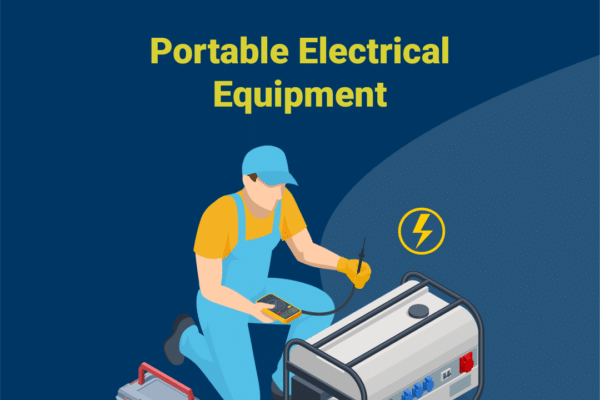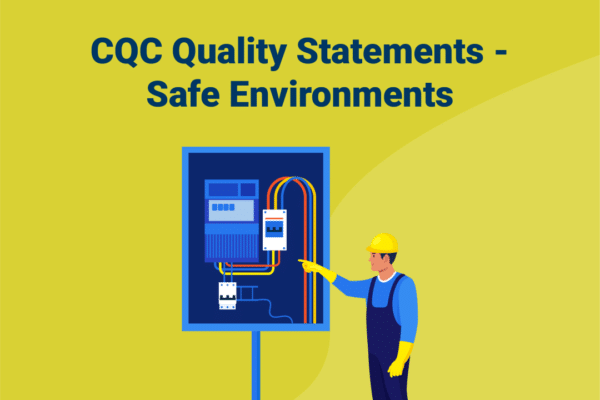Download the April H&S Review by our partner, Napthens here
DOWNLOAD NOW
Alternatively, read the update here:
I had to get my calculator out twice this week. First of all, to double check how old I was and then, during a discussion with a friend, to confirm that the end of April did, in fact, mean a third of 2021 was already behind us. I’ve always been quite good at maths but the fact that years seem to pass by quicker than ever before right now, stopped me in my tracks and I just had to double check!
As well as questioning the pace at which time passes (and other non-Health & Safety related existential matters) in the last week or so, I’ve also been able to get out and about a bit more due to the easing of lockdown restrictions in England. Unfortunately, what I’ve seen has shown yet again that in managing the risks from one hazard, other issues and risks are created which otherwise wouldn’t have existed. I’ve seen fire exits blocked by reorganised shopping aisles and queuing areas across busy car parks or forcing passers by to walk in the road – both easily rectified but once again a reminder of how easy it is to get distracted and lose focus on the significant hazards in our businesses in the pursuit of managing newly identified ones!
In a recent podcast for QCS, on Manual Handling in the sector, I mentioned the use of manual handling aids and lifting equipment to reduce the potential for harm to workers and service users during lifting, carrying and patient movement. It struck me afterwards that not only do these devices create their own risks which need to be managed but also that the rapid progression of time, in combination with restrictions in recent months, may have compromised the levels of attention given to their maintenance, test, inspection and examination regimes.
If we take things right back to basics, as a business owner you have a legal duty to ensure that the people who work for you, access your premises and use your services are kept safe and this includes maintaining your premises in a condition which doesn’t create safety risks, implementing safe systems of working and maintaining work equipment so that it can be used without creation of additional risks.
There are still many incidents involving work equipment in the social care sector annually, which result in harm, sometimes serious harm, to employees and service users. Often these incidents are due to misuse of the equipment, where staff have not been properly trained or supervised, and often there has been a failure to ensure that the equipment has been properly maintained, serviced and examined for faults.
Of course, as with all matters affecting the health and safety of persons connected with your business activities, it’s not just the potentially devastating effects on an individual that will concern you; fines resulting from prosecutions for health and safety breaches quickly run into the tens of thousands of pounds for the simplest of breaches and can go far beyond that level if more serious harm is risked. Fines for breaches in maintenance of lifting and work equipment regimes and continued use of known-defective equipment have been issued to providers in recent years and organisations without effective maintenance programmes and examination regimes in place continue to run the risk of being penalised.
The Provision and Use of Work Equipment Regulations 1998 (PUWER) place duties on employers to ensure that all equipment owned, provided, operated or controlled by them is the right tool for the job, is properly installed, is used only for its intended purposes, is operated only by trained persons and is properly maintained, with records of this maintenance retained. This will include the equipment used in kitchens, workshops and gardens as well as any equipment installed or provided for the purposes of delivering services or providing care such as bed rails and electric profiling beds.
The Lifting Operations and Lifting Equipment Regulations 1998 (LOLER) impose further duties on employers where equipment for the purposes of lifting is supplied to and used by employees. As an employer, you need to be able to identify what lifting equipment is – as per the Regulations that is any equipment that lifts, or lowers loads as a principal function.
It’s essential to keep a register and up-to-date log of the equipment you use in order that you can quickly and easily check on its maintenance status, i.e. what kind of checks are required, have they been completed and what was the outcome of any such checks or activities – and even more so, in addition, with Lifting Equipment, clearly identifying the dates of Thorough Examinations completed as required by LOLER and the dates after which the equipment should no longer be used.
You’re likely to be using some form of lifting equipment in your business, do you ensure its strong and stable enough for its intended use? Is it marked to indicate safe working loads, are the markings still clear and visible and never exceeded in practice? Are users trained to identify defects and conduct pre-use checks of the equipment, and do these checks get carried out? Finally, are you aware of the requirement to arrange for Thorough Examination by a competent person, as required by LOLER at the appropriate frequency?
Remember that if you’re using lifting accessories such as slings then they need a 6 monthly Thorough Examination (or in accordance with the frequency determined by a competent person and recorded in a written scheme of examination) and these should not be used without satisfactory evidence of completion of such examination by a competent person and must not be used in the event that defects affecting safety are identified. The same goes for people lifting equipment such as mobile lifting hoists, bath hoists and bath lifts – a Thorough Examination every 6 months is required.
Finally, knowing when your equipment needs service, maintenance and examination – and making sure it happens – is your responsibility, not that of an appointed contractor or inspector. You need to know when checks are due and make sure they happen, ensuring you keep up-to-date records and taking equipment out of service if its been identified as unsafe to use.
Chris Walker, Head of H&S @Napthens H&S






